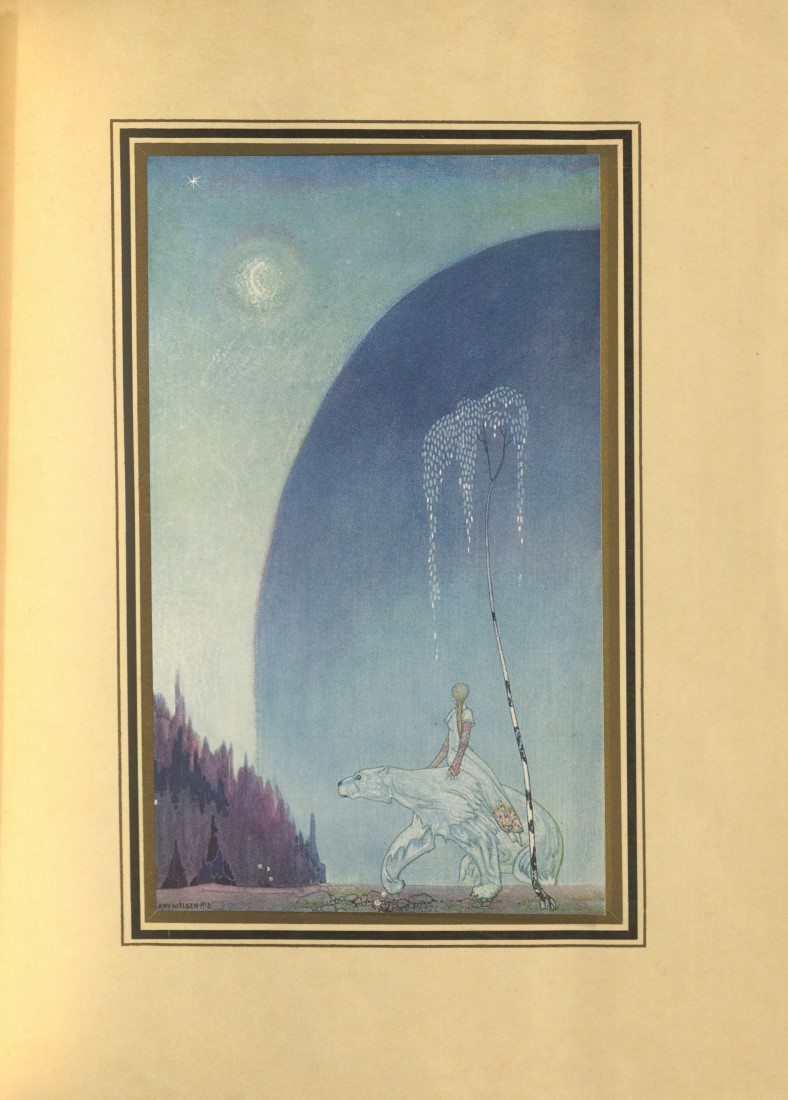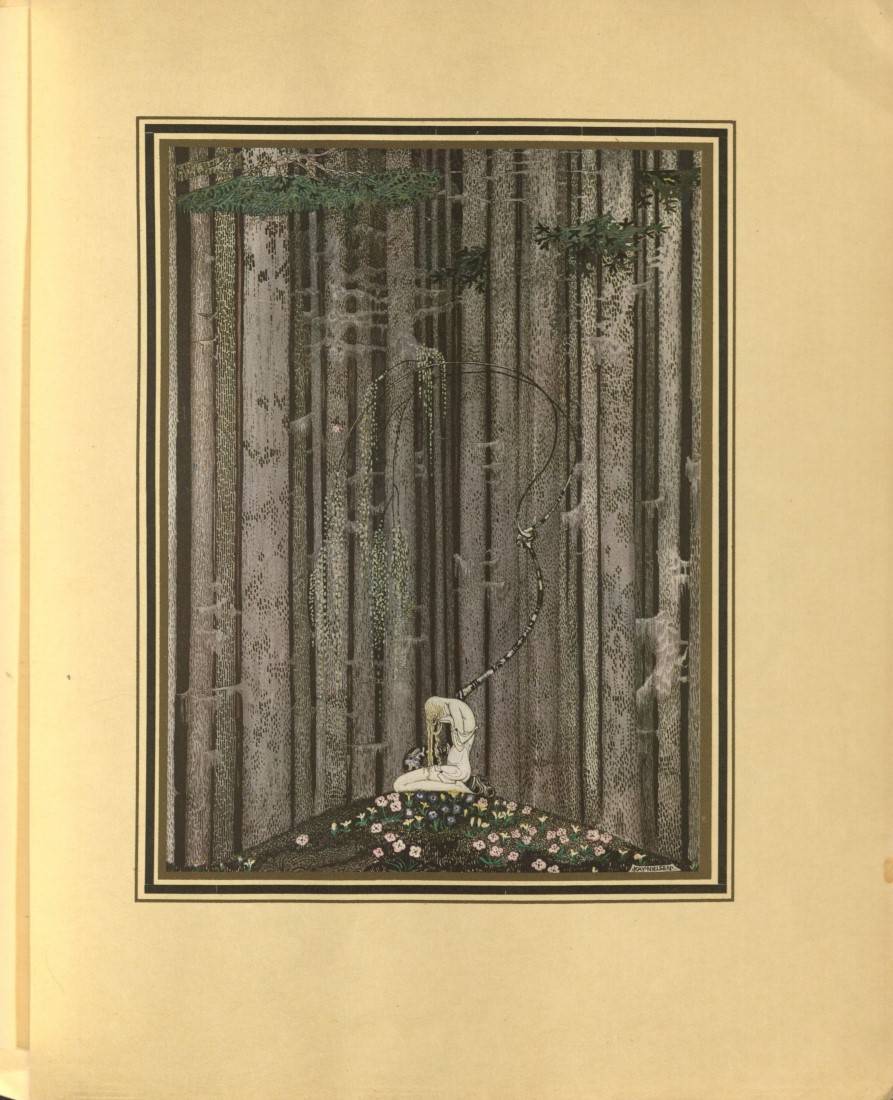That’s Distinctive!: Kay Nielsen Illustrations
July 7th, 2023Check the blog each Friday for a new “That’s Distinctive!” post. I created the series because I genuinely believe there is something in our collections for everyone, whether you’re writing a paper or just want to have a look. “That’s Distinctive!” will provide a more lighthearted glimpse into the diverse and unique materials at Spencer – including items that many people may not realize the library holds. If you have suggested topics for a future item feature or questions about the collections, feel free to leave a comment at the bottom of this page.
This week on That’s Distinctive! we share a book from Spencer’s Children’s Book Collection, which is housed within Special Collections. The book, East of the Sun and West of the Moon: Old Tales from the North, was published in 1914. The book shares folklore from Norway and is illustrated by Kay Nielsen. Nielsen contributed twenty-five color and monotone plates to the book along with other printed images.
According to Wikipedia, Kay Nielsen (1886-1957) was a popular Danish illustrator in the early twentieth century. Nielsen illustrated works such as Fairy Tales by Hans Christian Andersen, Other Stories by the Brothers Grimm, and Red Magic. In addition to these works, Nielsen contributed his artwork to Disney in works such as Fantasia. Unfortunately, Nielsen spent his final years in poverty. His last works were for local schools and churches in Los Angeles, California.
More of Nielsen’s work can be found on the Art Passions website, and more information on his background can be found on the website of the Society of Illustrators. A slightly different version of East of the Sun and West of the Moon, with the illustrations, is available online via Project Gutenberg.
Why this item? It gives a unique look into a children’s book with more than simple illustrations. The detail in the artwork alone is enough to draw a reader in. I recently brought my family in to Spencer for a tour and to show them several items from the collections. This book was one of those items and it really drew their attention.
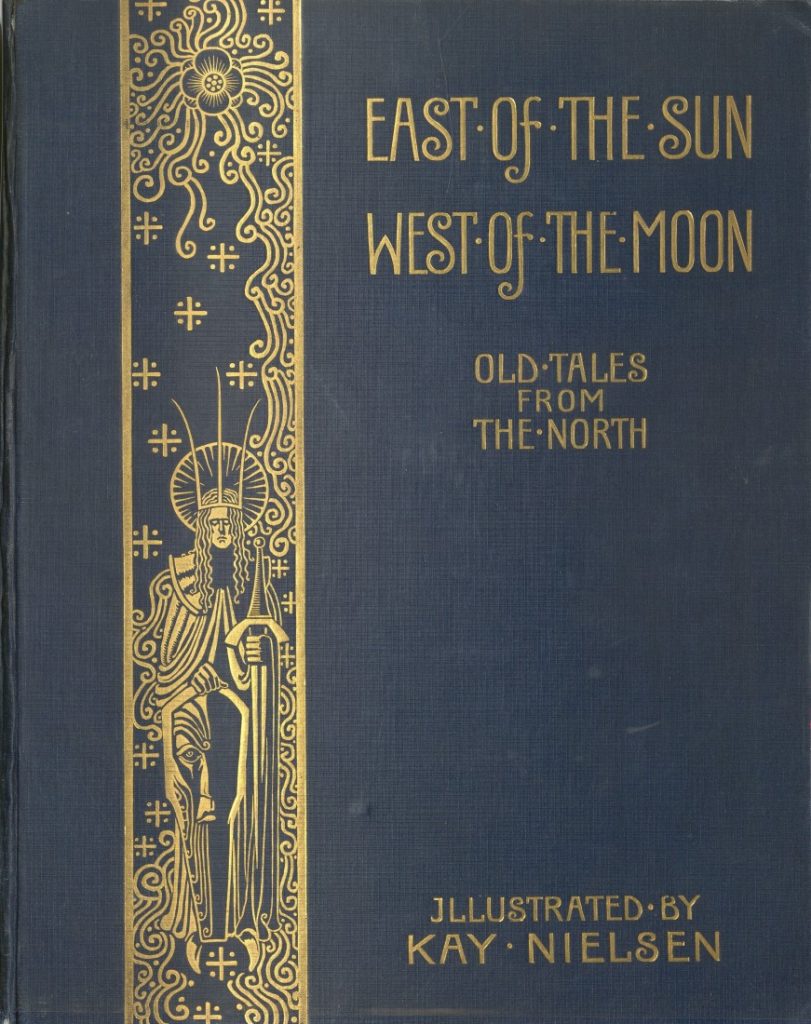
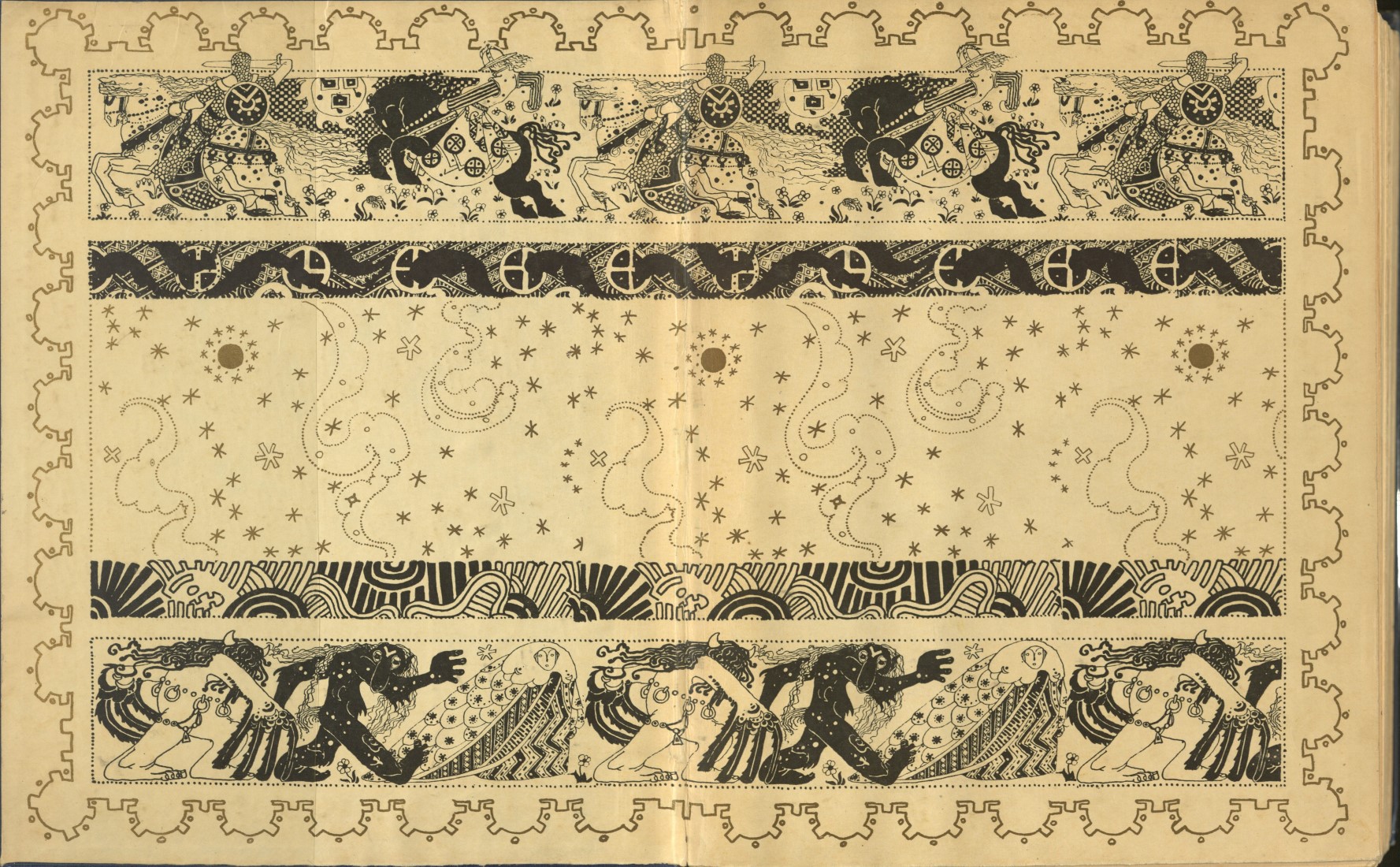
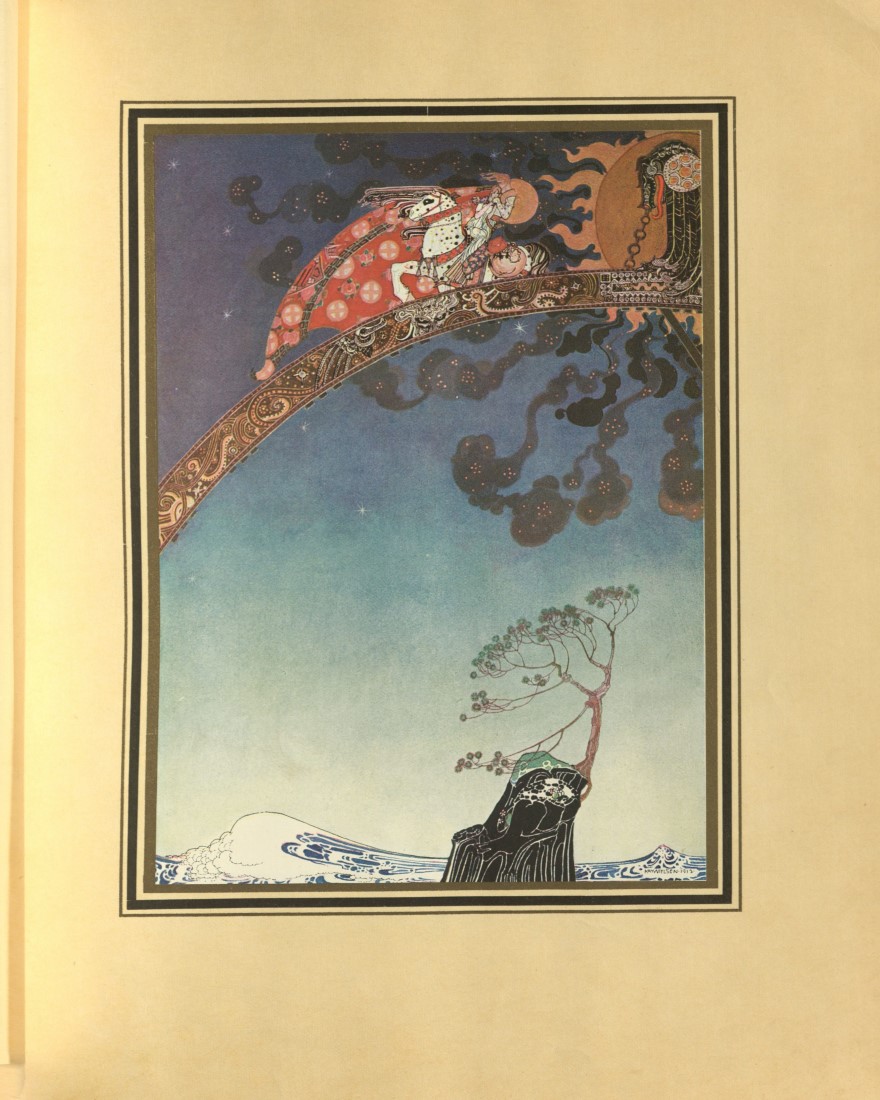
Tiffany McIntosh
Public Services

